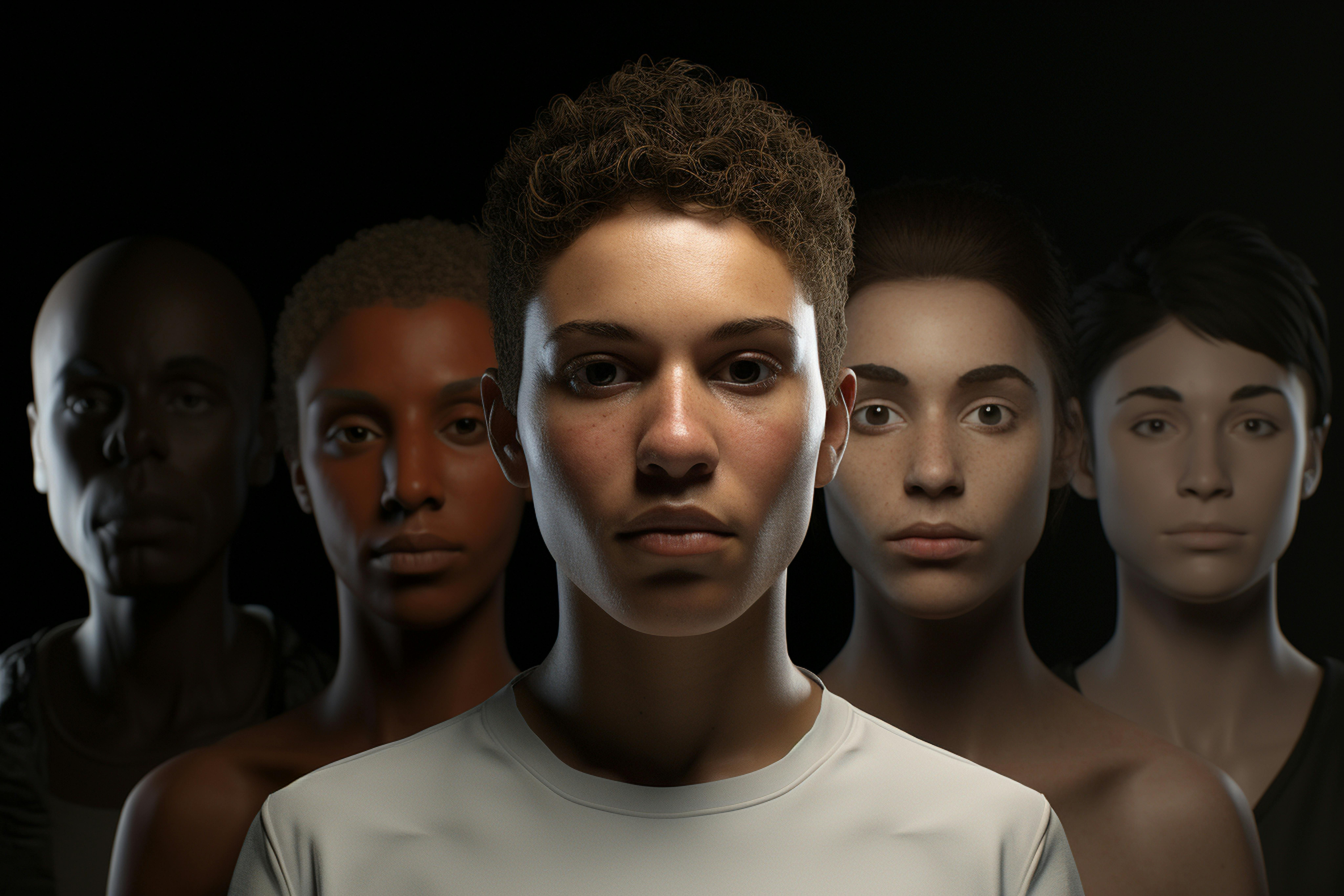When I first set out to build my AI-powered tool, I was fixated on the algorithms. I obsessed over which model to use, how to tune hyperparameters, and what architecture would deliver the highest accuracy. But as I dug deeper into real-world use cases, one unexpected thing became clear: the hardest part of building ethical, effective AI isn’t the code. It’s the human bias that creeps into every stage of development.
Data is Never Neutral
My wake-up call came early. I was building a recommendation system for a recruitment platform. I trained the model on historical hiring data, assuming that more data meant better results. The model performed well in testing - until I looked closer.
The AI was disproportionately favoring male candidates over female ones. Why? Because the historical data reflected biased hiring decisions made over the years. The algorithm was learning to perpetuate the very discrimination it was supposed to overcome.
That was lesson one: data is never neutral. It reflects the assumptions, judgments, and behaviors of the people who generate it. AI will replicate these patterns unless we actively intervene.
Bias Is a Mirror, Not a Bug
Initially, I thought the bias in our system was a problem with the model. But over time, I realized something more unsettling: the bias wasn’t in the algorithm. It was in us. The AI was just a mirror reflecting human decision-making at scale.
This realization forced our team to step back and audit every piece of our pipeline: from how we collect data, to how we label it, to how we evaluate performance. It wasn’t enough to optimize for accuracy; we had to think about fairness, representation, and long-term impact.
The Trouble with Labels
One of the most overlooked sources of bias? Labels.
We were using human annotators to label resumes and job descriptions, and it turned out that annotators brought their own unconscious assumptions. One person’s "strong leadership experience" was another’s "overconfident tone."
To solve this, we introduced diverse labeling teams, added calibration exercises, and allowed for multi-label consensus to account for subjectivity. The goal wasn’t to eliminate human input - it was to make it more transparent and accountable.
Design Choices Are Ethical Choices
Even user interface decisions carried ethical weight. For example, we debated whether to show confidence scores alongside each recommendation. On the surface, this was a helpful transparency feature. But we realized that low scores could discourage qualified candidates, reinforcing imposter syndrome.
We ended up showing scores only to recruiters, not applicants, and paired them with explanations. This helped improve trust without disempowering users.
What I’d Tell Any AI Builder
If you’re building AI, here’s what I wish someone had told me:
- Bias isn’t a technical debt. It’s a human debt. And you can’t fix it with code alone.
- Start with diverse teams. If everyone on your team thinks the same, your AI will too.
- Interrogate your data. Where it came from, who labeled it, and what it reflects matters more than any model tweak.
- Design for downstream impact. Ethical design isn’t an afterthought; it’s core to product integrity.
Final Thoughts
Building an AI product changed how I think about intelligence itself. Machines learn what we teach them, but they also reveal what we fail to see in ourselves. If we want to build fairer, smarter systems, we need to start by examining the assumptions we bring to the table.
In the end, the real challenge of AI isn’t artificial intelligence. It’s human bias - and whether we have the courage to confront it.


